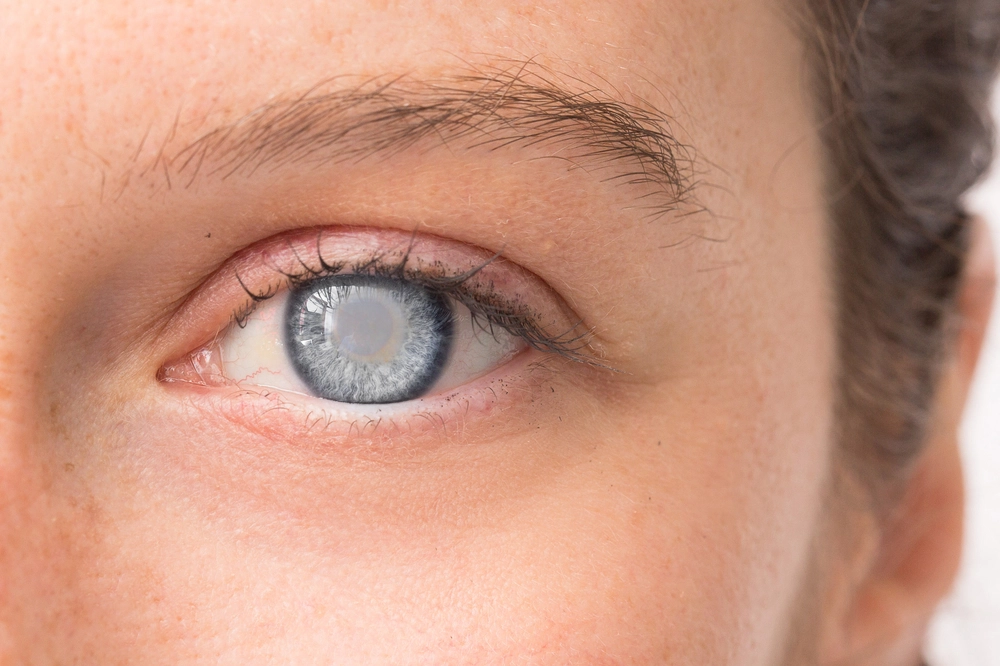Unveiling the Mystery: What is Eye Cataract?

Eye cataract is a medical condition that has affected millions of individuals globally, leading to substantial vision impairment and, in severe cases, total blindness. Although it is most commonly associated with the aging process, it can occur in younger individuals under certain circumstances. The key to managing this condition lies in a thorough understanding of what it entails and the available treatment options.
At its most fundamental, a cataract is a clouding of the lens in the eye, which hinders the passage of light. The lens, a clear part of the eye that helps to focus light or an image on the retina, works much like a camera lens, focusing light onto the retina at the back of the eye to produce a clear picture. However, as we age or due to other risk factors, this lens can become cloudy or opaque, leading to a gradual decrease in vision.
Cataracts usually progress slowly and might not initially affect vision. However, as the cataract grows, it can cause symptoms like blurry vision, difficulty seeing at night, sensitivity to light and glare, seeing “halos” around lights, fading or yellowing of colors, and frequent changes in eyeglass or contact lens prescription.
An eye cataract is not a disease that can spread from one eye to the other, but it can occur independently in both eyes. People often confuse cataract with macular degeneration, glaucoma, or other eye disorders. However, it’s crucial to understand that these are distinct conditions, each with its own causes and treatment options.
So, what causes a cataract? Age is the most common factor. As we get older, the proteins in the lens begin to break down and clump together, forming a cloudy area. Other factors that can contribute to the development of cataracts include prolonged exposure to ultraviolet sunlight, diabetes, hypertension, obesity, smoking, prolonged use of certain medications, and previous eye injury or inflammation.
It’s worth noting that eye cataract is not a condition that can be corrected with laser eye surgery, a common misconception. Cataracts cannot be prevented or slowed down with eye drops or other forms of medication. The only effective treatment for cataracts is surgery. During cataract surgery, the cloudy lens is removed, and in most cases, it is replaced with an artificial lens, called an intraocular lens (IOL), to restore clear vision. The surgery is generally safe and has a high success rate.
A comprehensive eye exam can identify eye cataract. If you are experiencing any changes in vision, it is essential to consult an eye care professional. They can provide a diagnosis and discuss suitable treatment options based on the severity of the condition and the impact on your daily life.
Despite the prevalence of eye cataracts, there is good news. Ongoing research and advancements in medical technology have resulted in safer, quicker, and more effective cataract treatment options than ever before. Furthermore, awareness about the condition has increased, enabling early diagnosis and treatment.
In conclusion, an eye cataract is a common condition, especially among older adults. Although it can significantly affect one’s quality of life, with proper diagnosis and treatment, one can regain clear vision. As with all health matters, prevention is better than cure. Lifestyle changes such as quitting smoking, reducing exposure to UV rays, and maintaining a healthy diet can help reduce the risk of developing cataracts. However, regular eye examinations are essential to detect the condition early and start appropriate treatment.








